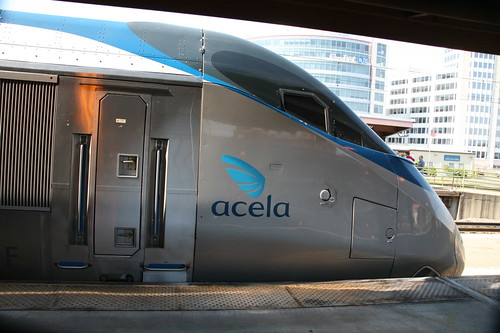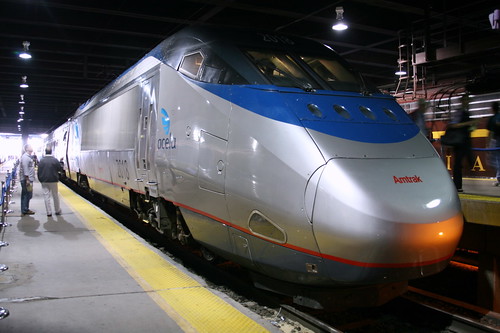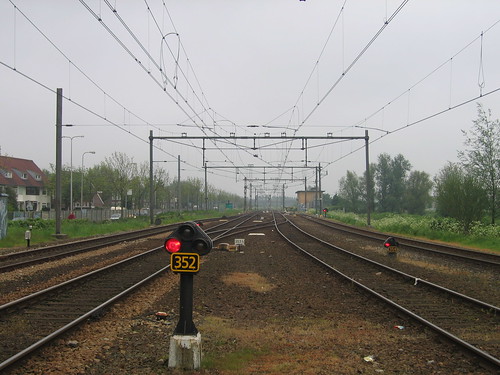Epitome of Customer Service! Amtrak Employees Undertake Daring Rescue Mission For Lost iPhone
(Source: Infrastructurist)
So, the absent minded editor of a certain infrastructure news site recently had an adventure in losing things on Amtrak trains. The experience was revealing and – spoiler alert – the much-slagged government owned and operated rail line acquitted themselves beautifully on matters of beyond-the-call-of-duty customer service.
For simplicity’s sake, let’s just call this editor “I.” Anyway, I was headed from Washington DC to New York on the 11 a.m. Acela. When the train reached Penn Station (on time), I gathered the various bags and coats I’d brought and exited the train. Not among the gathered possession was an iPhone, which was left unattended on the seat. I realized this as I was about to catch the subway home to Brooklyn, by which time the Acela had already scooted off for Boston.At this point the situation looked glum. It remained so through the course of the first conversation I had with an Amtrak employee. The gentleman, white haired and in his 50s, gave the classic bureaucrat’s shrug. “You gotta call lost and found in Boston,” he said. Shrug.
“Are they open today? Will they be open when the train arrives?” I asked. It was Sunday.
“They’re closed today,” he said. Shrug.
I gave him a pleading look. He shrugged again and turned away.
So even if some heroic individual wanted to return the device, it would take a return visit to the train station in Boston to actually be able to turn it in – assuming, say, she didn’t get off the train in Stamford or Providence or…
I went to the Customer Service office. There, a genial woman named Karen became my new best friend. She immediately began coordinating a multi-city search and rescue operation. Before I even finished explaining the situation, she was on the phone with an agent in New Haven to make arrangements for someone to dash onto the train and look for the device during the brief stopover there. She called the lost phone about a dozen times in hopes that someone would answer. At some point, a man did answer. His name was Mark and he was a conductor on the train. He promised that he would get the phone back to New York safely that evening. Karen’s liaison in New Haven organized a complicated hot handoff across the platform between Mark and a conductor southbound train. About four hours after I’d got off the train without, an Amtrak conductor walked up to me in Penn Station with a sealed envelope containing the lost phone. It was carefully bubble-wrapped.












